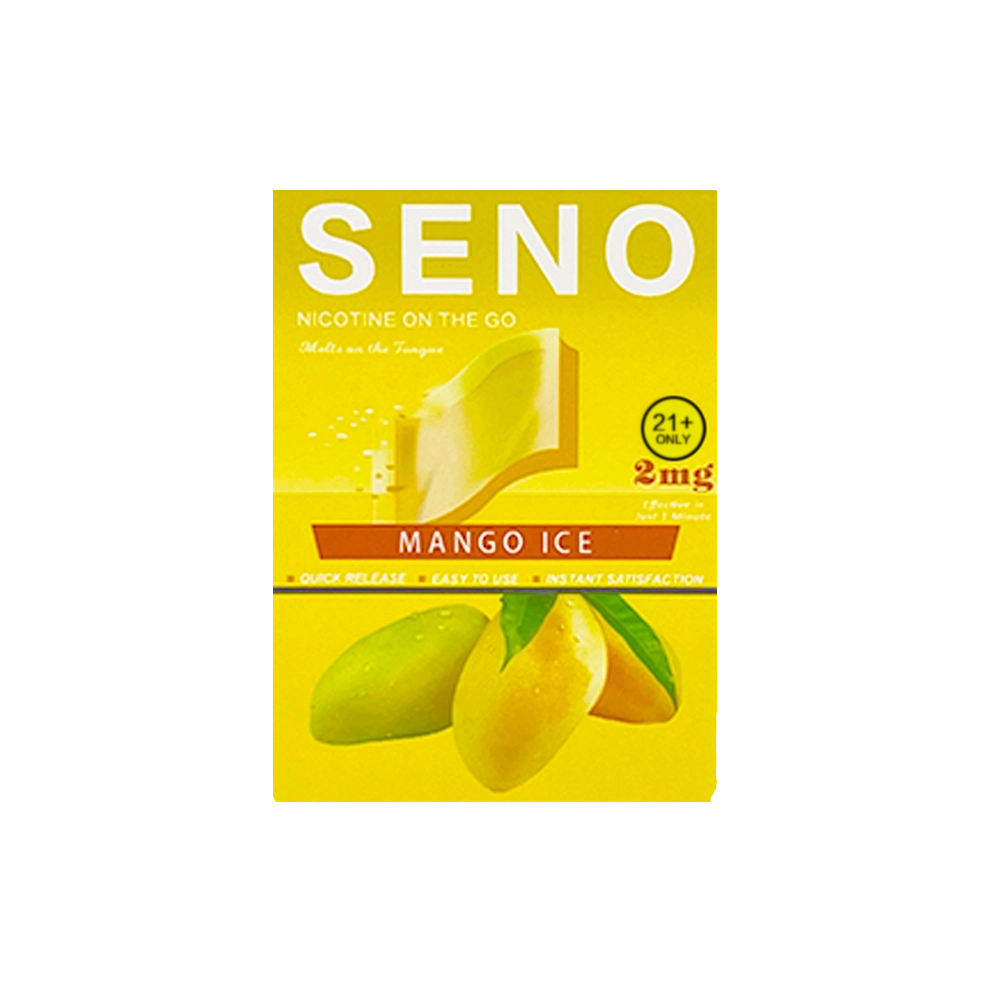The Ultimate Showdown: Top Load vs. Front Load Washing Machines
In today's fast-paced world, doing laundry efficiently and effectively is a top priority for many households. With the market flooded with various washing machine options, it can be overwhelming to choose between a top load and a front load washing machine. This blog post aims to provide an in-depth analysis of the pros and cons of each type, helping you make an informed decision based on your specific needs and preferences.
- Efficiency and Cleaning Performance:
Front Load: Front load washing machines are known for their superior cleaning performance. They use less water and energy, thanks to their horizontal drum design, which allows clothes to tumble and agitate against each other. This action effectively removes dirt and stains, resulting in cleaner clothes. Additionally, front load machines have higher spin speeds, leading to better water extraction and shorter drying times.
Top Load: While top load washing machines may use more water and energy, they offer convenience and shorter wash cycles. The agitator in top load machines ensures thorough cleaning, especially for heavily soiled items. However, the agitator can be harsh on delicate fabrics, leading to potential wear and tear.
Winner: Front load washing machines take the lead in terms of efficiency and cleaning performance, making them ideal for households seeking eco-friendly and effective laundry solutions.
- Capacity and Accessibility:
Front Load: Front load machines typically have larger capacities, allowing you to wash more clothes in a single load. Their horizontal drum design also makes it easier to load and unload laundry, especially for individuals with physical limitations. Additionally, front load machines can be stacked with a dryer, saving valuable floor space in compact living areas.
Top Load: While top load machines generally have smaller capacities, they offer the advantage of easy access during the wash cycle. You can pause the cycle and add forgotten items without interrupting the process. This feature is particularly useful for those who frequently find stray socks or need to add fabric softener mid-cycle.
Winner: The choice between capacity and accessibility depends on individual preferences. If you have a larger household or limited mobility, front load machines are the way to go. However, if you value convenience and flexibility, top load machines offer added accessibility.
- Maintenance and Durability:
Front Load: Front load machines require regular maintenance to prevent mold and mildew growth. The rubber gasket around the door can trap moisture, leading to unpleasant odors. However, with proper care, such as leaving the door open after each use and regular cleaning, these issues can be minimized. Front load machines are generally built to last and are less prone to mechanical problems.
Top Load: Top load machines are less susceptible to mold and mildew due to their design, but they may require occasional cleaning of the agitator and tub. They are generally more straightforward to maintain and repair, with easier access to internal components. However, the agitator itself may require replacement over time.
Winner: Front load machines may require extra maintenance, but their durability and longevity make them a reliable choice for long-term use.
Conclusion:
In the battle of top load vs. front load washing machines, both options have their merits. Front load machines excel in terms of efficiency, cleaning performance, and capacity, making them ideal for eco-conscious individuals and larger households. On the other hand, top load machines offer convenience, accessibility, and easier maintenance. Ultimately, the choice depends on your specific needs, preferences, and laundry habits. Consider the factors discussed in this article to make an informed decision and find the perfect washing machine for your home.
